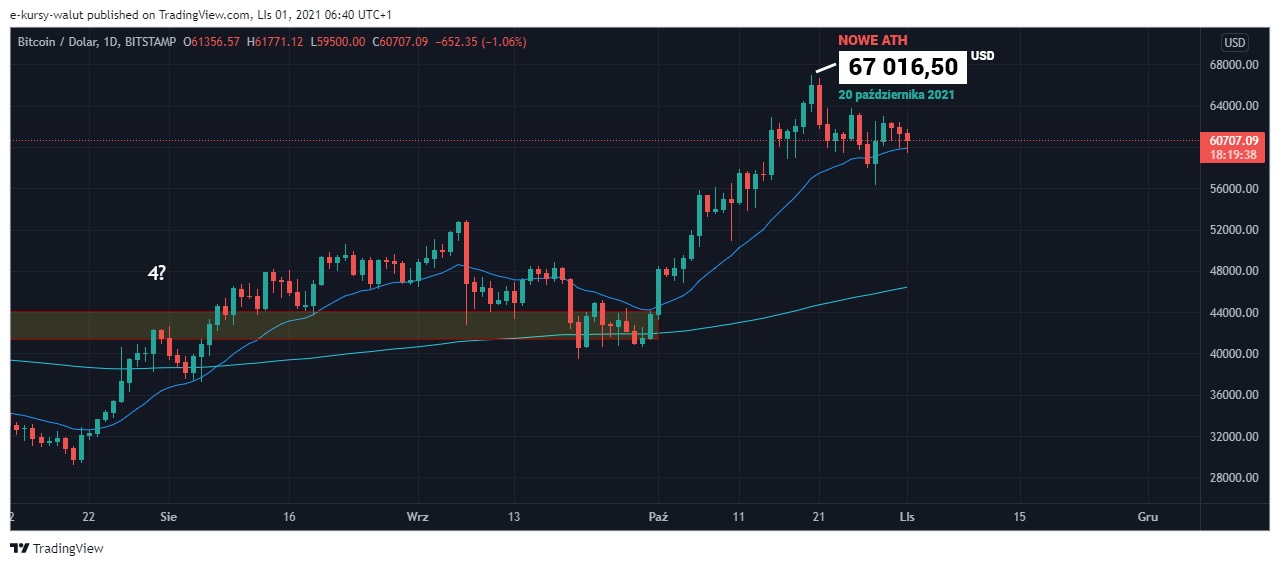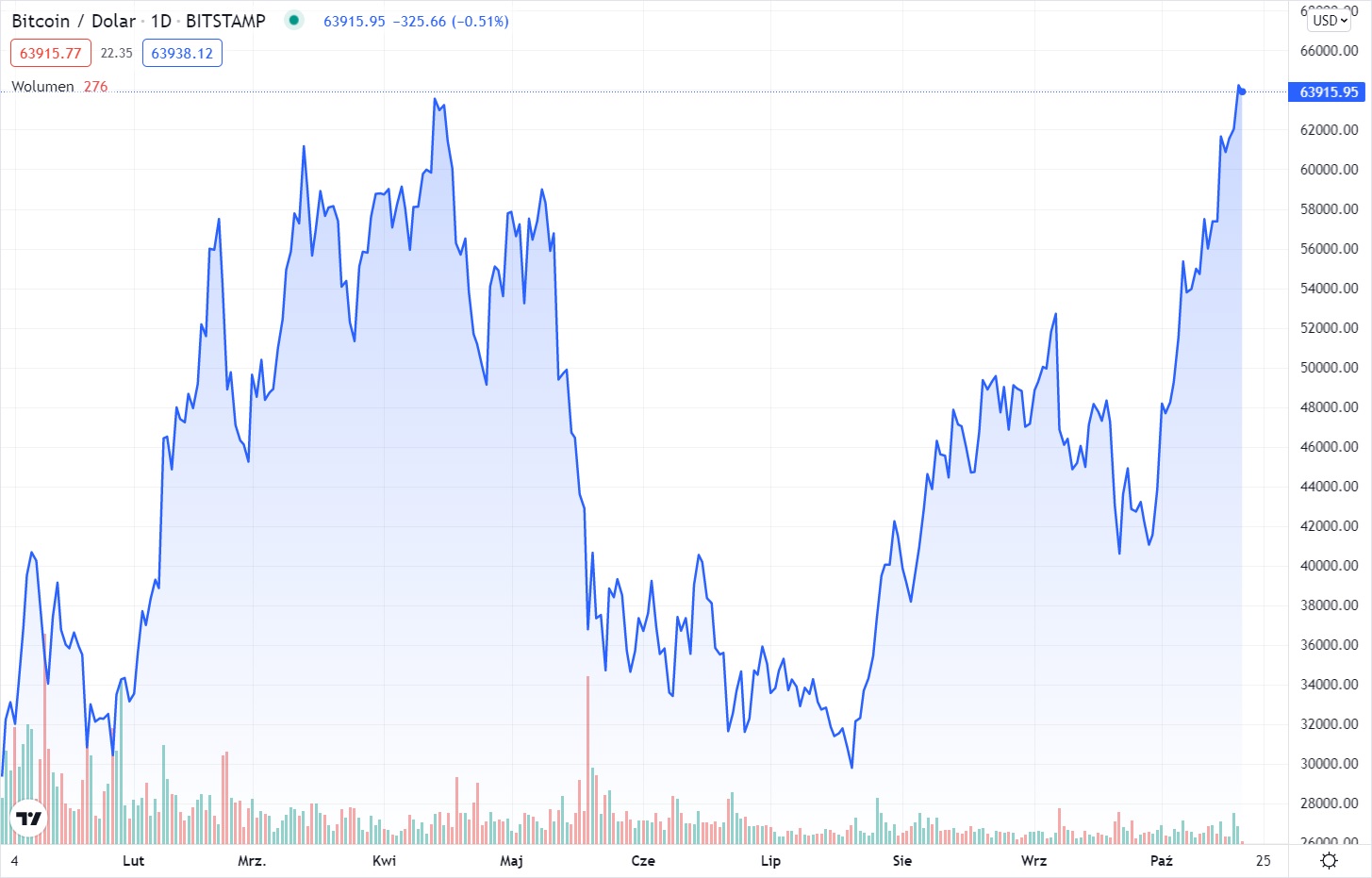Introduction: What Does Kurs Bitcoin Mean?

When people talk about the “Kurs Bitcoin,” they’re referring to the exchange rate or current price of Bitcoin — essentially, how much one Bitcoin is worth in terms of a particular currency like the dollar, euro, or yen. Since its launch in 2009, Bitcoin’s price has seen mind-blowing highs and shocking lows, capturing the world’s attention and reshaping how we think about money.
The term “kurs” comes from German, meaning “rate” or “price.” So, when we say “Kurs Bitcoin,” we’re discussing the real-time value of Bitcoin — a number that constantly fluctuates based on market supply, demand, investor sentiment, and broader economic trends. Understanding this rate is key for traders, investors, and anyone curious about the digital financial revolution.
But Bitcoin isn’t just another asset. It’s a global movement toward decentralized finance, freedom from traditional banking systems, and the dream of a borderless economy. The “Kurs Bitcoin” is more than a number — it’s a reflection of people’s trust in a new kind of money.
The Origins of Bitcoin and Its Price Journey

Kurs Bitcoin started with an ambitious idea: to create a decentralized digital currency that doesn’t rely on banks or governments. Introduced by the mysterious Satoshi Nakamoto in 2009, Bitcoin began with almost no value. In fact, the first recorded transaction was famously for two pizzas in exchange for 10,000 BTC — a deal that would now be worth hundreds of millions of dollars.
The “Kurs Bitcoin” stayed below $1 for years before gradually climbing as more people started to see its potential. By 2013, Bitcoin reached $1,000 — an astonishing milestone that signaled the start of a new financial era. However, volatility has always been part of Bitcoin’s story. Massive price swings are normal, driven by speculation, regulation, and sometimes, global economic instability.
Fast forward to recent years, and Bitcoin’s value has skyrocketed to tens of thousands of dollars. The “Kurs Bitcoin” often makes headlines whenever it breaks a new record, reminding everyone that this digital coin has become a legitimate — and highly unpredictable — asset class.
What Influences the Kurs Bitcoin?
Bitcoin’s price doesn’t change randomly. It’s influenced by a mix of economic, technological, and psychological factors. Understanding these elements helps investors make sense of the constant fluctuations in the market.
First, supply and demand play a fundamental role. Bitcoin has a limited supply — only 21 million coins will ever exist. This scarcity makes it somewhat like digital gold. As more people want to own Bitcoin, its price tends to rise. On the other hand, when interest drops or fear spreads, the value can fall sharply.
Second, market sentiment and media coverage have a huge impact. A single tweet from a major figure or a positive report about cryptocurrency adoption can send prices soaring. Conversely, bad news — like regulatory crackdowns or exchange hacks — can lead to panic selling.
Lastly, global economics affect Bitcoin’s kurs as well. Inflation, unstable currencies, or banking restrictions in some countries push investors toward Bitcoin as a safer alternative. When traditional systems struggle, Bitcoin often becomes a symbol of financial independence.
The Role of Governments and Regulations
While Bitcoin was designed to be free from central control, it hasn’t escaped the attention of governments. Regulations are one of the biggest external factors influencing the “Kurs Bitcoin.” Each time a major country introduces new rules — whether they’re crypto-friendly or restrictive — the market reacts almost instantly.
In countries where Bitcoin is recognized and regulated, investors tend to feel safer, which can stabilize or even boost the price. On the other hand, nations that ban or heavily restrict crypto trading can cause sudden downturns in the market. This tug-of-war between freedom and control continues to shape Bitcoin’s future.
Interestingly, even with growing regulations, Bitcoin’s appeal hasn’t faded. It has instead become a bridge between traditional finance and digital innovation. Many governments are now exploring ways to integrate cryptocurrencies into their economies rather than eliminate them entirely. This ongoing dialogue adds yet another layer of complexity to the “Kurs Bitcoin.”
How to Track the Kurs Bitcoin
In today’s world, tracking the Bitcoin exchange rate is easier than ever. Dozens of platforms provide real-time price updates, historical data, and market insights. Websites like CoinMarketCap, Binance, and Coinbase allow users to see the current “Kurs Bitcoin” and compare it across multiple currencies.
Traders use this information to make quick decisions, while long-term investors focus on trends and averages. Watching the price movement can be addictive — especially because Bitcoin’s value can change significantly within minutes. That’s part of its excitement and also its risk.
For beginners, understanding the “Kurs Bitcoin” can be simplified by focusing on the basics: current price, market capitalization, and trading volume. These three factors provide a clear snapshot of Bitcoin’s position in the broader crypto market.
Why Bitcoin’s Price Is So Volatile
If you’ve followed Bitcoin for even a short time, you know one thing for sure — it’s unpredictable. The “Kurs Bitcoin” can rise or fall dramatically within hours. This volatility is both a blessing and a curse.
For traders, volatility means opportunity. They can profit from price swings by buying low and selling high. But for investors seeking stability, the rapid changes can be stressful. One reason for this instability is that Bitcoin is still a relatively young asset compared to traditional ones like gold or stocks.
Moreover, the crypto market is highly speculative. Many people invest based on emotion, rumors, or short-term hype rather than fundamentals. This behavior amplifies price movements, creating the rollercoaster-like patterns we often see in Bitcoin charts. Despite that, volatility is what keeps the market alive — it’s a constant reminder that we’re witnessing the birth of a new financial era.
Bitcoin as a Global Asset
Bitcoin is not tied to any single country or economy. Its global nature is what makes it truly revolutionary. No central bank controls it, and transactions happen peer-to-peer across borders. This universality gives the “Kurs Bitcoin” a unique edge — it reacts to worldwide events, not just national policies.
For example, when traditional markets crash, Bitcoin sometimes rises as investors look for alternative assets. Similarly, in countries facing hyperinflation, people often turn to Bitcoin as a more reliable store of value. This has made it a symbol of financial empowerment for millions around the world.
Still, Bitcoin’s global acceptance is far from uniform. Some countries embrace it, while others ban it. This uneven adoption contributes to its volatility but also to its potential for future growth. As more people and institutions start using Bitcoin, the “Kurs Bitcoin” could eventually stabilize and mature into a more predictable asset.
Future Predictions: Where Is the Kurs Bitcoin Headed?
Forecasting Bitcoin’s future price is tricky — even experts disagree. Some analysts believe Bitcoin could surpass $100,000 in the next few years, while others warn of potential crashes due to market saturation or regulation.
However, one thing is certain: Bitcoin has already changed the world of finance. It has inspired thousands of other cryptocurrencies and led to innovations like blockchain technology, decentralized finance (DeFi), and non-fungible tokens (NFTs). The “Kurs Bitcoin” will continue to evolve alongside these advancements.
Long-term investors often see Bitcoin as a store of value, similar to digital gold. Short-term traders, on the other hand, view it as an opportunity to profit from market movements. Whichever perspective you take, the key is understanding that Bitcoin’s price will always reflect the balance between innovation, adoption, and human psychology
Conclusion: The Meaning Behind the Kurs Bitcoin
At the end of the day, “Kurs Bitcoin” is more than just a market number — it represents a global belief in the future of decentralized finance. Every rise and fall tells a story of progress, skepticism, hope, and evolution.
Whether you’re a trader watching the charts daily or a casual observer curious about the hype, understanding Bitcoin’s kurs means understanding a fundamental shift in how we value money itself. The journey is unpredictable, exciting, and sometimes chaotic — but that’s exactly what makes Bitcoin so revolutionary.
As the digital world continues to grow, one thing is certain: the Kurs Bitcoin will always be a reflection of our collective confidence in the future of money.